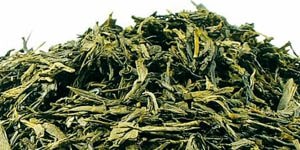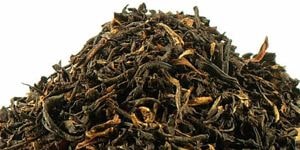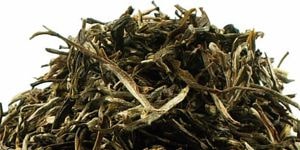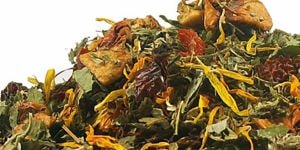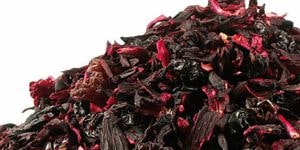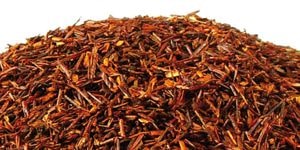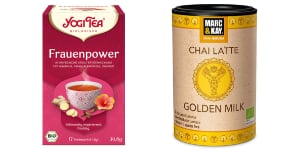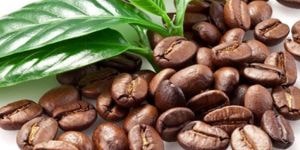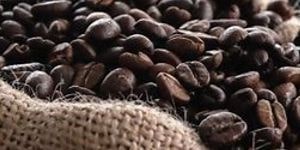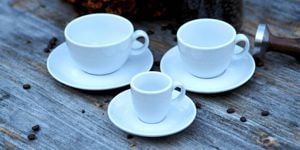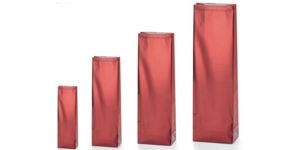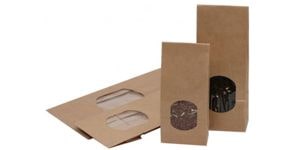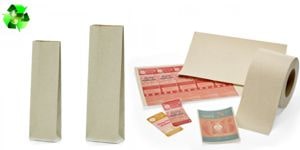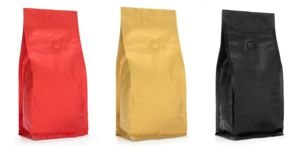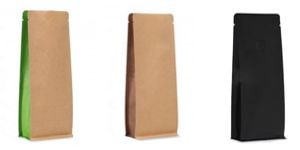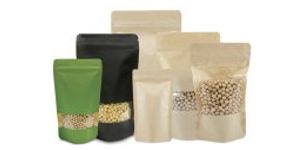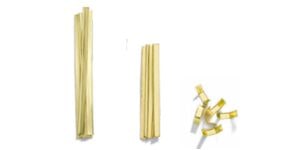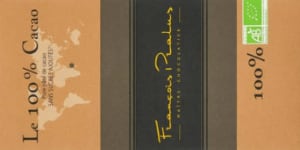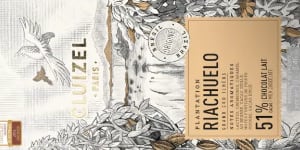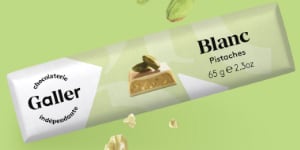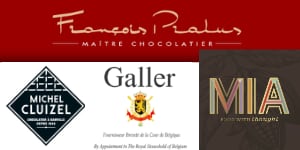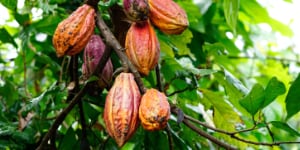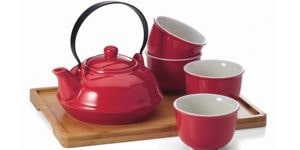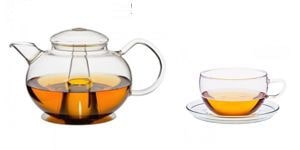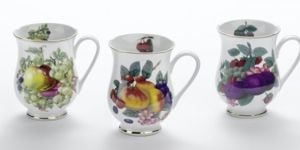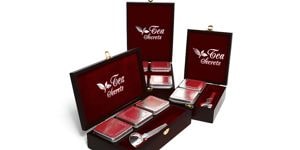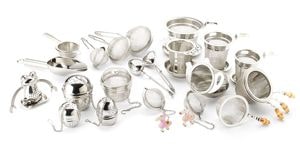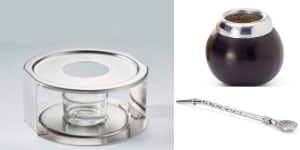Cistus is a genus of beautiful flowering plants that are native to Mediterranean regions of Southern Europe and North Africa. Commonly referred to as Rockroses, flowers in the Cistus genus bloom in lovely colors ranging from pure white to bright pink. Just looking at one of these plants, one would not suspect that it possesses very powerful medicinal properties. In traditional herbal medicine, the leaves of Cistus have been used in the treatment of skin and inflammatory diseases (Hudson, 2009). Recent scientific research has confirmed the validity of this traditional herbal knowledge through studies that have demonstrated that Cistus leaf extractives have powerful antibacterial, antifungal, antiviral, and biofilm-breaking qualities (Rebensburg et al, 2015).
Antibacterial and Antifungal Benefits of Cistus
Plants in the Cistus genus exert a number of powerful antibacterial and antifungal properties against pathogens that can cause serious human health problems. Cistus incanus (one particular species of Cistus) has demonstrated antibacterial effects against Streptococcus mucans, a gram-positive bacterium found in the mouth that can contribute to tooth decay (Wittpahl, 2015). Cistus villosus and Cistus monspeliensis, two species native to Morocco, have been shown to be antibacterial against Staphylococcus aureus, which is the bacterium responsible for causing Staph infections. Antibiotic-resistant Staph infections are on the rise, so natural antibacterial substances that can address this type of infection are highly valuable!
C. villosus and C. monspeliensis also exert activity against the fungal microorganisms Candida albicans, Candida krusei, Candida glabrata, and Aspergillus fumigatus. Candida overgrowth can wreak havoc on the digestive tract, and Aspergillus infections are toxic to the immune system and the respiratory system (Sharma, 1993). The fact that Cistus can address both of these types of fungi is great news for those of us who are struggling with fungal illnesses, including toxic mold exposure. These antifungal properties could make Cistus an important part of healing protocols for people with mold-induced illness.
Antiviral Qualities of Cistus Incanus
Cistus also has strong antiviral properties. It prevents viral infection by targeting viral envelope proteins. Viral envelope proteins are proteins embedded in the capsule of a virus, which is the shell-like layer that encapsulates the viral DNA or RNA. The viral DNA and RNA are the genetic material that a virus uses to replicate once it is in a host cell. Viral envelope proteins are what enable viruses to attach to and enter host cells, and then proceed to replicate their DNA and RNA. Viruses cannot reproduce independently; they must have access to a host cell in order to reproduce and create more viruses (Lodish, 2000). When a virus gains access to a host cell and begins to replicate, this interferes with normal host cell processes; this is in part what leads to the symptoms of viral illnesses.
The tactics of viruses are quite sneaky, but the good news is that Cistus incanus has been found to inhibit the action of viral envelope proteins in a number of different types of viruses, preventing this entire process from occurring.
Cistus has demonstrated an ability to prevent both the Ebola virus and HIV (Human Immunodeficiency Virus) from attaching to host cells! In long-term (24 week) animal studies, no resistant HIV viruses were found against Cistus. In addition, it is believed that the multiple antiviral components in Cistus are what make it effective against Ebola, which has previously defied pharmaceutical treatment strategies. This has huge implications for the treatment of these very serious diseases, as HIV has become resistant to a number of current pharmaceutical antiviral treatments and there are currently no approved antiviral therapies for addressing the Ebola virus (Rebensburg et al, 2015). These are serious issues, but it is reassuring to think that a substance such as Cistus could fill in this much-needed gap in treatment.
In addition to targeting viral envelope proteins against HIV and Ebola, Cistus also has demonstrated antiviral activity against the Influenza A virus. Influenza A is a dangerous virus because it has the ability to mutate quite rapidly and evade pharmaceutical treatments. Cistus is successful at treating Influenza A because it not only targets the virus itself, but also helps reduce the symptoms of the viral infection by dampening the production of pro-inflammatory cytokines, immune system molecules released due to viral provocation that cause bodily inflammation (Hudson, 2009).
Finally, Cistus may be a great treatment option for viruses that affect the upper respiratory tract, such as rhinoviruses. Cistus has been found to decrease both symptoms and inflammatory biomarkers related to upper respiratory tract infections in human subjects (Kalus, 2009).
Biofilm-Breaking Qualities of Cistus
Finally, Cistus is an all-star at breaking down biofilm, especially in the mouth. Biofilm, a slimy layer of bacteria that can form on bodily surfaces, may be a major contributor to the development and persistence of chronic disease because it allows bacteria to evade antibiotics. Cistus is a powerful biofilm-breaker that can help destroy biofilm and restore a healthy microbial balance in the human body. Drinking cistus tea, or even swishing with it as a mouth rinse, has been shown to decrease adherence of pathogenic bacteria in the mouth, ultimately breaking down biofilm (Karygianni, 2015). After I was diagnosed with a dental infection, I was instructed by my doctor to swish my mouth with Cistus tea, and then drink one cup of the tea every day. I noticed immediately that the swishing with Cistus reduced inflammation in my face, due to the infection. It was quite incredible to see. I can attest to the effectiveness of this herb for dental problems.
Cistus clearly holds a lot of promise as a highly effective antibacterial, antifungal, antiviral, and biofilm-breaking agent in the treatment of numerous types of infections. Due to its broad-spectrum activity, I think Cistus could be a highly beneficial addition to health protocols for anybody seeking to overcome chronic infections and illness like chronic Lyme disease.
References
Hudson JB. (2009). The use of herbal extracts in the control of influenza. Journal of Medicinal Plants Research. 3(13): 1189-1195. Retrieved from http://www.academicjournals.org/article/article1380529426_Hudson.pdf.
Kalus U, Grigorov A, Kadecki O, et al. (2009). Cistus incanus (CYSTUS052) for treating patients with infection of the upper respiratory tract. A prospective, randomised, placebo-controlled clinical study. Antiviral Research. 84(3): 267-271. Retrieved from http://europepmc.org/abstract/med/19828122.
Karygianni L, Al-Ahman A, Argyropoulou A, et al. (2015). Natural Antimicrobials and Oral Microorganisms: A Systematic Review on Herbal Interventions for the Eradication of Multispecies Oral Biofilms. Frontiers in Microbiology. 6: 1529. Retrieved from http://www.ncbi.nlm.nih.gov/pmc/articles/PMC4712263/.
Lodish H, Berk A, Zipursky SL, et al. (2000). Molecular cell biology. 4th Ed. Retrieved from http://www.ncbi.nlm.nih.gov/books/NBK21523/.
Rebensburg S, Helfer M, Schneider M, Koppensteiner M, Eberle J, Schindler M, Gurtler L, Brack-Werner R. (2016). Potent in vitro antiviral activity of Cistus incanus extract against HIV and Filoviruses targets viral envelope proteins. Scientific Reports. 6. Article number: 20394. Retrieved from http://www.nature.com/articles/srep20394.
Sharma RP. (1993). Immunotoxicity of mycotoxins. Journal of Dairy Science. 76:892-897. Retrieved from http://getmoldtested.com/uploads/Sharma_Immunotoxicty_Mycotoxins.pdf.
Wittpahl G, Basche S, Kolling-Speer I, Hannig C. (2015). The polyphenolic composition of Cistus incanus herbal tea and its antibacterial and anti-adherent activity against Streptococcus mutans. Planta Medica. 81(18). Retrieved from https://www.researchgate.net/publication...

